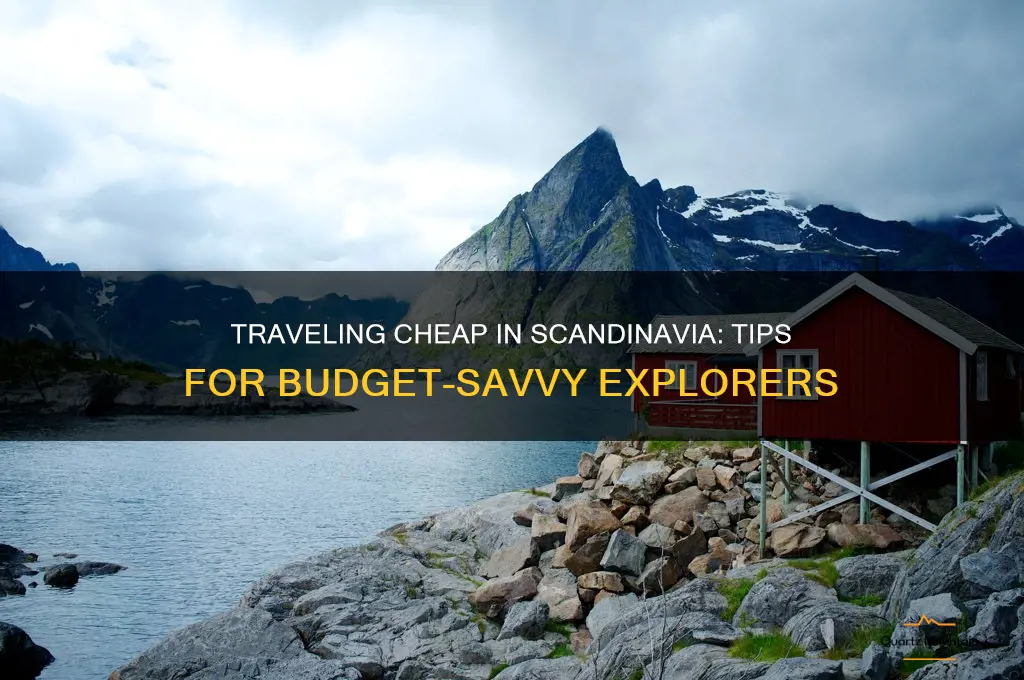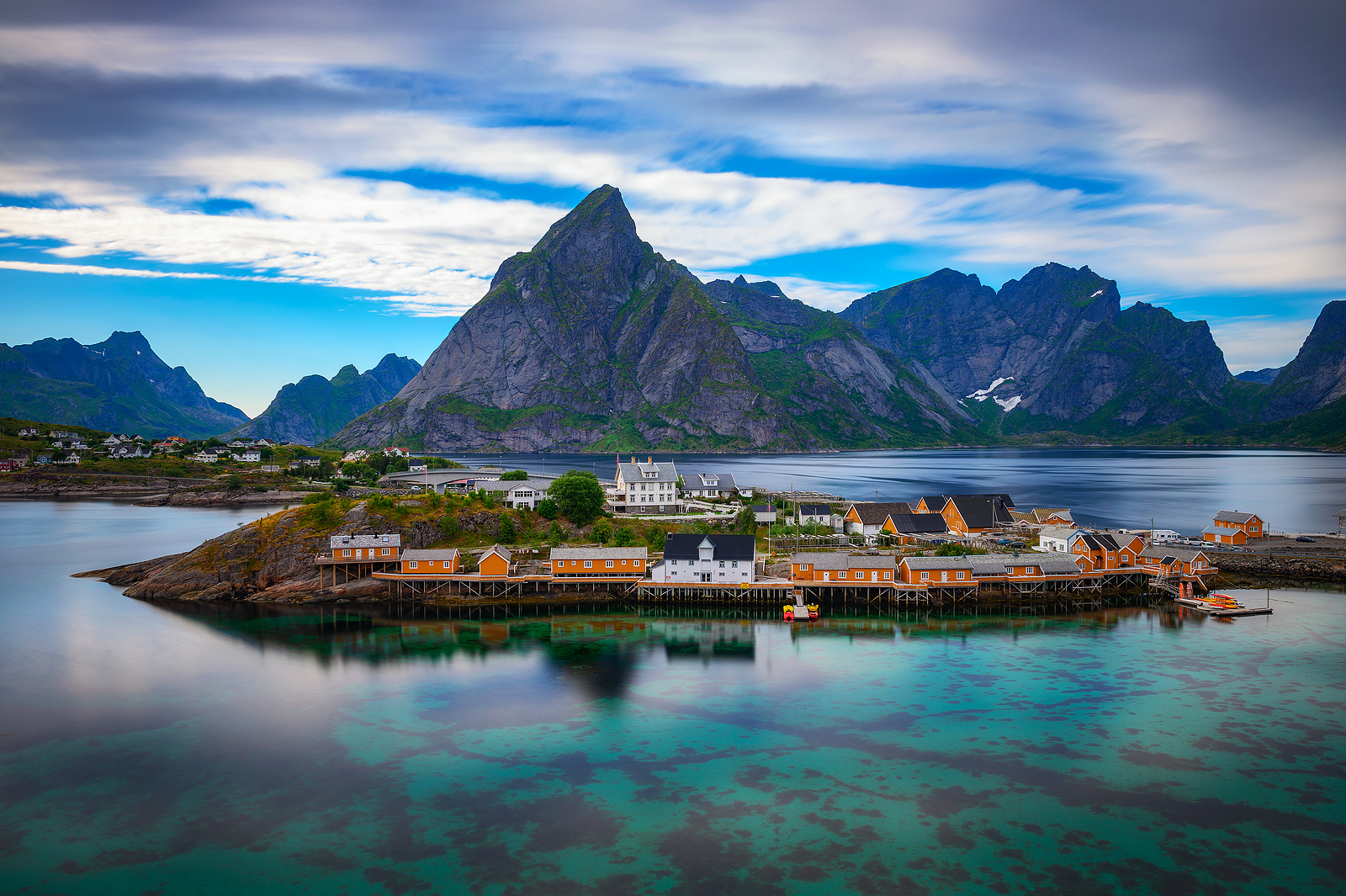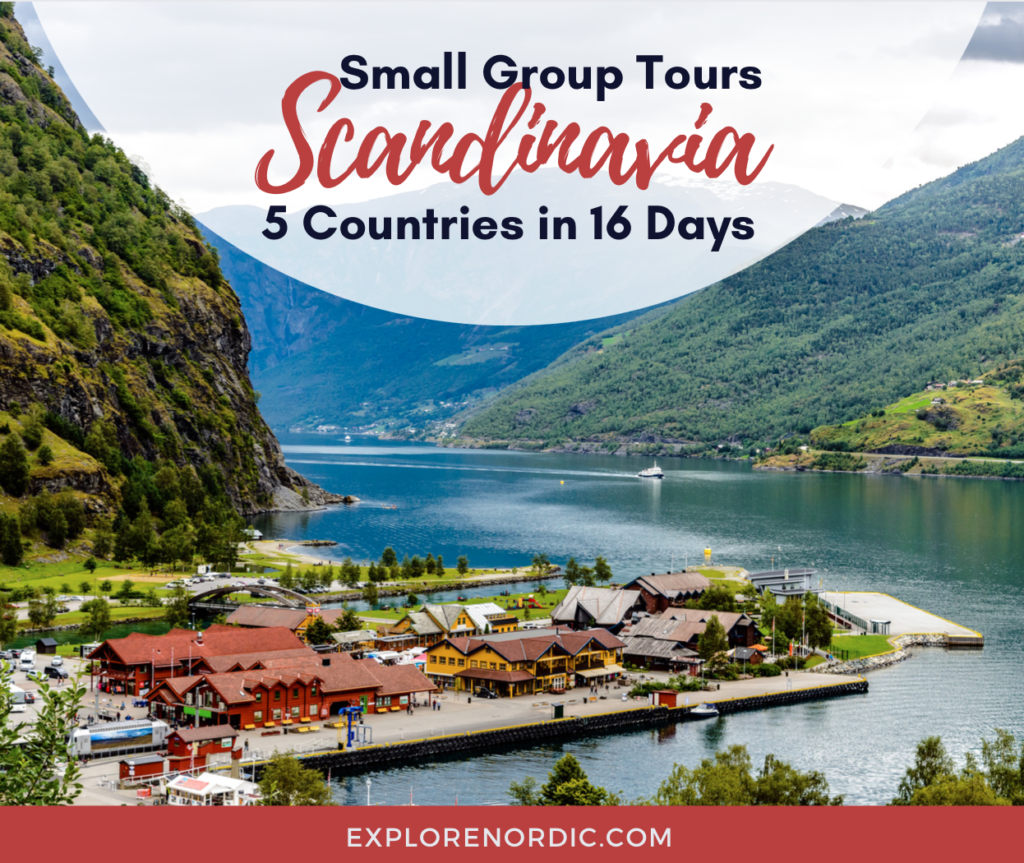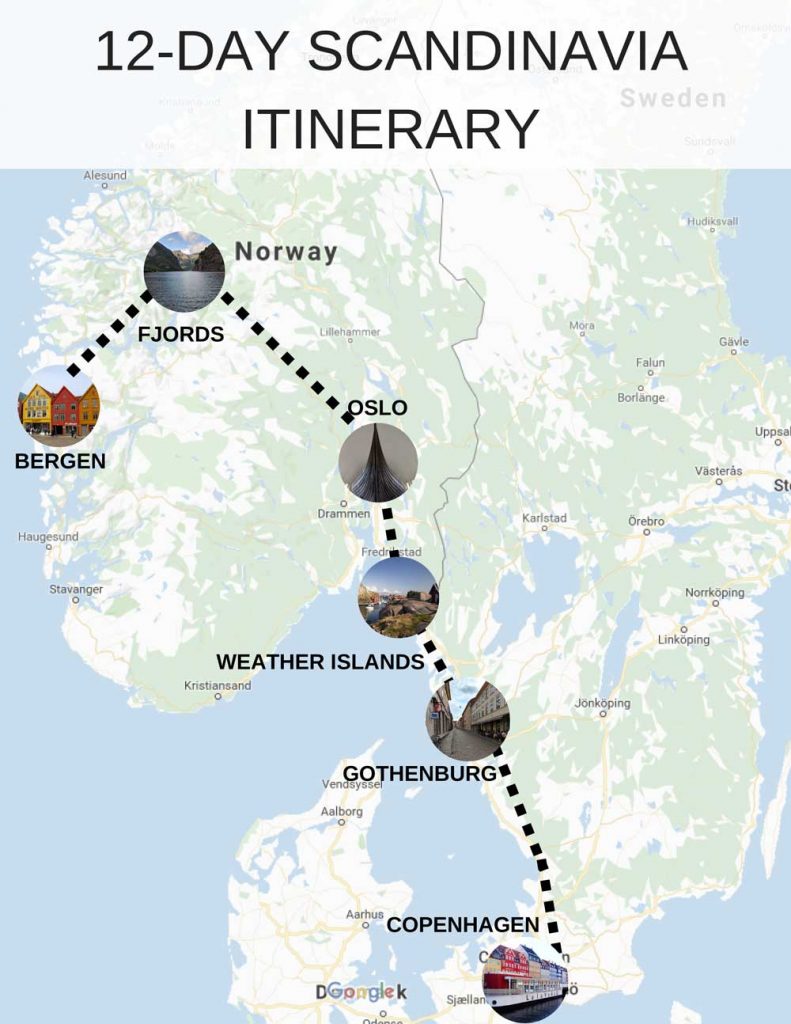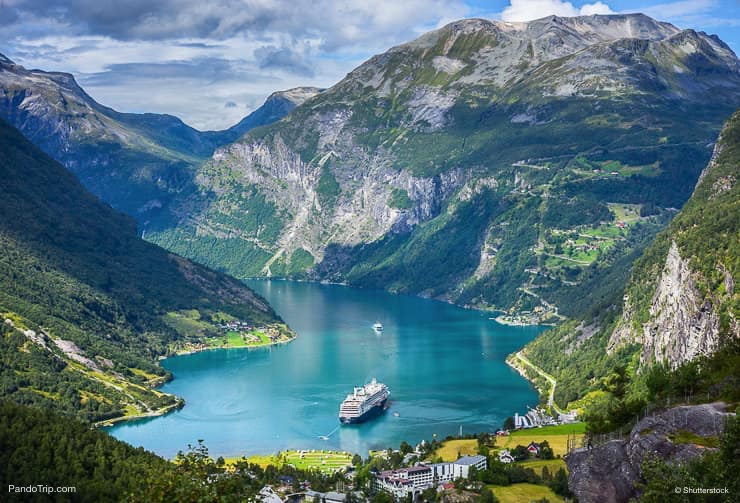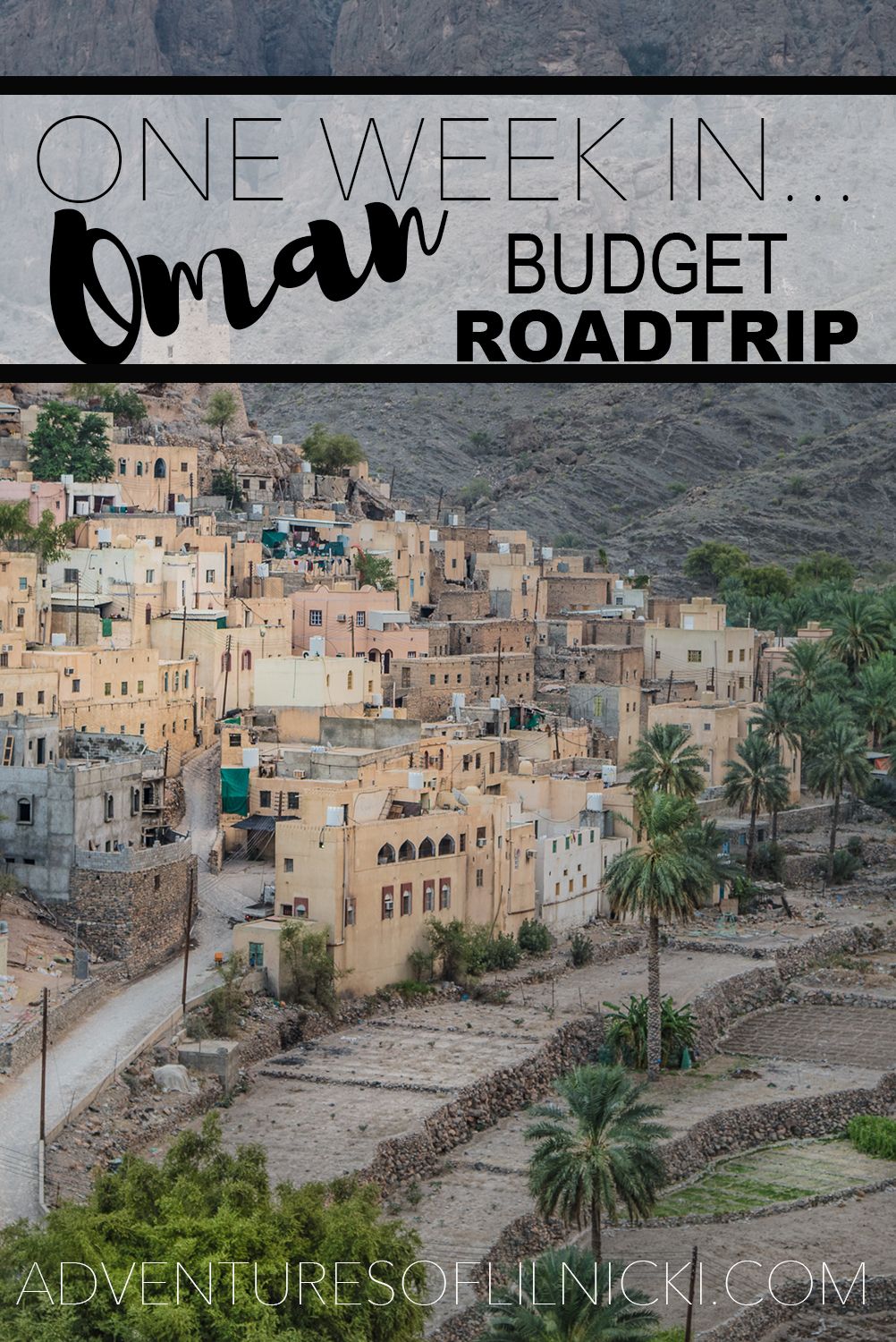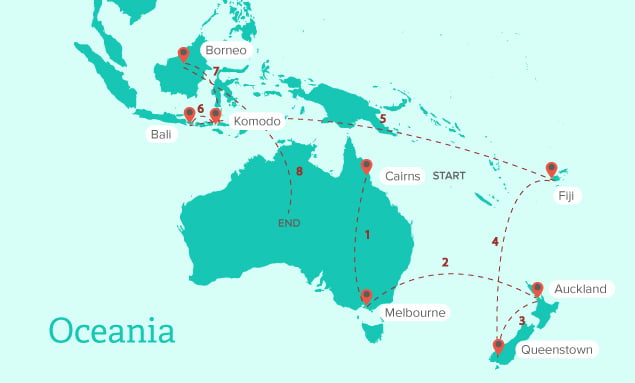
Oceania, a vast and breathtaking expanse of the Pacific Ocean, beckons with its vibrant cultures, pristine landscapes, and unparalleled natural beauty. From the emerald peaks of Fiji to the ancient wonders of Easter Island, this collection of islands offers an escape unlike any other. This comprehensive itinerary will guide you through the heart of Oceania, exploring its rich history, iconic attractions, practical travel advice, and the sensory delights of its local cuisine, ensuring an unforgettable journey into this azure dream.
A Tapestry of Time: Oceania’s Rich History
Oceania’s story is one of remarkable human endeavor and profound adaptation. For millennia, the region was a canvas for the epic voyages of Austronesian peoples, skilled navigators who traversed vast distances in their double-hulled canoes, populating islands from Madagascar to Rapa Nui. This era of exploration and settlement laid the foundation for the diverse cultures that thrive today, each with its unique languages, traditions, and mythologies.
Related Articles about The Azure Dream: A Comprehensive Travel Itinerary for Oceania:
- Nepal: A Journey to the Roof of the World and Beyond
- Stockholm’s Royal Embrace: A Guide to the City’s Top Hotels and Unforgettable Experiences
- Milan’s Majestic Stays: A Connoisseur’s Guide to the City’s Top Hotels and Beyond
- A Journey to the Celestial City: Your Essential Guide to Visiting Borobudur Temple
- Zurich: A Comprehensive Travel Guide to Switzerland’s Vibrant Metropolis
The arrival of European explorers in the 17th century marked a turning point. Captain Cook’s voyages, among others, opened Oceania to the wider world, leading to a complex interplay of trade, colonization, and cultural exchange. While this period brought significant changes, including the introduction of new technologies and beliefs, many island communities have fiercely preserved their heritage, weaving it into the fabric of modern life.
The 20th century saw the rise of independence movements across Oceania, culminating in the formation of many of the nations we recognize today. This journey towards self-determination has fostered a renewed sense of pride and a commitment to safeguarding their unique identities and the fragile ecosystems they inhabit. Understanding this historical context enriches every encounter, allowing for a deeper appreciation of the resilience and ingenuity of Oceania’s people.
Charting the Course: Main Attractions of Oceania
Oceania is not a single destination but a constellation of islands, each offering a distinct experience. This itinerary focuses on a selection of its most iconic and diverse locations, providing a balanced exploration of its natural wonders and cultural richness.
1. Fiji: The Heart of Polynesia (7 Days)
- History: Fiji’s history is marked by tribal warfare, the arrival of Europeans, and eventually, a British colony. It gained independence in 1970 and has since navigated periods of political instability and economic development.
- Main Attractions:
- Mamanuca and Yasawa Islands: These postcard-perfect archipelagos boast powdery white sand beaches, crystal-clear turquoise waters, and vibrant coral reefs teeming with marine life. Ideal for snorkeling, diving, kayaking, and simply soaking up the sun.
- Nadi: The gateway to Fiji, Nadi offers vibrant local markets, Hindu temples, and the Garden of the Sleeping Giant with its impressive orchid collection.
- Suva: The capital city, Suva, provides a glimpse into Fijian urban life with its colonial architecture, bustling markets, and the Fiji Museum.
- Cultural Villages: Experience traditional Fijian life with a visit to a local village, witness a kava ceremony, and enjoy a Lovo feast (food cooked in an underground oven).
- Nearby Hotels:
- Luxury: The Brando (private island experience), Likuliku Lagoon Resort (overwater bungalows).
- Mid-Range: The Naviti Resort, Warwick Fiji.
- Budget-Friendly: Beachcomber Island Resort, various guesthouses on the mainland.
- Local Food: Fijian cuisine is a delicious blend of Melanesian, Indian, and Polynesian influences. Don’t miss Lovo (slow-cooked meats and vegetables), Kokoda (raw fish marinated in lime juice and coconut cream), Rourou (taro leaves cooked in coconut cream), and fresh tropical fruits.
- Transportation: Inter-island ferries are the primary mode of transport for reaching the smaller islands. Taxis and buses are available on the mainland. Flights connect major islands.
2. French Polynesia: The Jewel of the Pacific (10 Days)
- History: Inhabited by Polynesians for centuries, French Polynesia became a French protectorate in the 1840s and later a French overseas territory. Its strategic importance led to significant historical events, including WWII naval battles.
- Main Attractions:
- Bora Bora: The epitome of paradise, renowned for its iconic overwater bungalows, volcanic peaks, and incredibly blue lagoon. Activities include shark and ray feeding, snorkeling, diving, and jet skiing.
- Moorea: A lush, mountainous island offering a more laid-back experience. Hike to Belvedere Lookout for panoramic views, explore pineapple plantations, and swim with dolphins and whales (seasonal).
- Tahiti: The largest island, Tahiti is home to the capital, Papeete, with its vibrant markets, pearl farms, and the Papeete Cathedral. The island’s interior boasts dramatic waterfalls and ancient marae (temples).
- Rangiroa: A world-renowned diving destination in the Tuamotu Archipelago, famous for its abundant marine life and the Tiputa Pass.
- Nearby Hotels:
- Luxury: Four Seasons Resort Bora Bora, St. Regis Bora Bora Resort.
- Mid-Range: InterContinental Moorea Resort & Spa, Sofitel Bora Bora Marara Beach Resort.
- Budget-Friendly: Pension de famille options on Moorea and Tahiti.
- Local Food: Tahitian cuisine is rich in seafood. Indulge in Poisson Cru (raw fish marinated in lime juice and coconut milk), Fafaru (fermented fish), Uru (breadfruit) dishes, and exotic fruits like papaya, mango, and passionfruit.
- Transportation: Inter-island flights are essential for navigating French Polynesia. Ferries connect Tahiti and Moorea. Taxis are available on the main islands.
3. New Zealand (South Island): Land of Majestic Landscapes (8 Days)
- History: The South Island of New Zealand, known as Te Waipounamu to the Māori people, has a rich indigenous history and was later colonized by Europeans. Its stunning natural beauty has shaped its identity and economy.
- Main Attractions:
- Queenstown: The adventure capital of the world, nestled beside Lake Wakatipu and surrounded by the Southern Alps. Bungy jumping, skydiving, jet boating, hiking, and skiing are popular activities.
- Fiordland National Park: Home to the breathtaking Milford Sound and Doubtful Sound, where towering fjords meet dramatic waterfalls. Scenic cruises are a must.
- Wanaka: A charming lakeside town offering stunning mountain vistas, hiking trails (including Roy’s Peak), and a more relaxed pace than Queenstown.
- Aoraki/Mount Cook National Park: New Zealand’s highest peak dominates this park, offering incredible opportunities for hiking, stargazing (it’s an International Dark Sky Reserve), and glacier exploration.
- Nearby Hotels:
- Luxury: The Rees Hotel & Luxury Apartments (Queenstown), Blanket Bay (near Glenorchy).
- Mid-Range: Novotel Queenstown Lakeside, Distinction Wanaka Alpine Resort.
- Budget-Friendly: YHA hostels in Queenstown and Wanaka, various motels.
- Local Food: New Zealand cuisine emphasizes fresh, seasonal produce and world-class lamb and seafood. Try Hangi (traditional Māori earth oven meal), Green-Lipped Mussels, Lamb Chops, Pavlova, and delicious New Zealand Wines (especially Sauvignon Blanc and Pinot Noir).
- Transportation: Renting a car is highly recommended for exploring the South Island’s diverse landscapes. Buses operate between major towns, and scenic flights offer a unique perspective.
4. Easter Island (Rapa Nui), Chile: The Enigma of the Moai (4 Days)
- History: Rapa Nui’s history is a captivating tale of Polynesian settlement, cultural flourishing, the creation of the iconic Moai statues, and subsequent ecological and societal collapse. It was annexed by Chile in 1888.
- Main Attractions:
- Rano Raraku: The quarry where the Moai were carved, offering an unparalleled insight into their creation. Hundreds of unfinished statues litter the slopes.
- Ahu Tongariki: The largest ceremonial platform, featuring fifteen Moai standing majestically against the sunrise.
- Anakena Beach: A beautiful white sand beach with several Moai, offering a stunning contrast between natural beauty and ancient artistry.
- Orongo Ceremonial Village: The center of the Birdman cult, perched on the rim of the Rano Kau volcano crater, offering panoramic views of the island.
- Nearby Hotels:
- Mid-Range: Hotel Rapa Nui, Explora Rapa Nui (all-inclusive luxury).
- Budget-Friendly: Hostels and guesthouses in Hanga Roa.
- Local Food: Rapa Nui cuisine is influenced by Chilean and Polynesian flavors. Seafood is abundant, including Tuna and Mahi-Mahi. Try Umu Tahu (a traditional earth oven dish) and Ceviche.
- Transportation: Renting a car or a scooter is advisable for exploring the island. Guided tours are also a popular option. Walking is feasible within the main settlement of Hanga Roa.
Navigating the Azure: Travel Tips for Oceania
- Visa Requirements: Research visa requirements well in advance for each country you plan to visit. Some may offer visa-on-arrival for certain nationalities.
- Currency: Each country has its own currency. It’s advisable to carry some local currency and rely on credit cards in larger towns and resorts.
- Language: English is widely spoken in tourist areas, especially in Fiji and New Zealand. However, learning a few basic phrases in local languages (e.g., "Bula" in Fiji, "Kia Ora" in New Zealand) is always appreciated.
- Health & Safety: Consult your doctor about necessary vaccinations and malaria precautions. Drink bottled or purified water. Be mindful of the sun and use high SPF sunscreen. Respect local customs and dress modestly when visiting religious sites.
- Connectivity: Wi-Fi is available in most hotels and resorts, but can be expensive or limited on smaller islands. Consider purchasing local SIM cards for better connectivity.
- Environmental Awareness: Oceania’s ecosystems are fragile. Practice responsible tourism by minimizing your environmental impact, avoiding single-use plastics, and respecting marine life.
- Booking in Advance: Especially for popular destinations like Bora Bora and Queenstown, booking flights, accommodations, and tours well in advance is highly recommended, particularly during peak season.
The Sun-Kissed Seasons: Best Time to Visit Oceania
The best time to visit Oceania depends on your chosen destination and preferences:
- Fiji: The dry season (May to October) offers pleasant temperatures, lower humidity, and less rainfall, making it ideal for outdoor activities.
- French Polynesia: The dry season (May to October) is also the best time to visit, with sunny days and minimal rain. This is also the peak tourist season.
- New Zealand (South Island):
- Summer (December to February): Warmest weather, perfect for outdoor adventures and exploring the coast.
- Autumn (March to May): Beautiful fall foliage, fewer crowds, and pleasant temperatures.
- Winter (June to August): Ideal for skiing and snowboarding in the Southern Alps.
- Spring (September to November): Blooming landscapes and milder weather.
- Easter Island: The weather is generally mild year-round, but the shoulder seasons (September to November and March to May) offer a good balance of pleasant weather and fewer crowds.
Resting Your Head: Nearby Hotels
As outlined in the individual destination sections, Oceania offers a spectrum of accommodation options, from ultra-luxury resorts with private plunge pools to charming guesthouses and eco-lodges. When choosing your accommodation, consider its proximity to attractions, desired amenities, and budget. Many islands offer overwater bungalows, beachfront villas, and secluded retreats, catering to every dream.
A Taste of Paradise: Local Food Delights
Oceania’s culinary landscape is a testament to its diverse cultural heritage and abundant natural resources. Seafood is a staple, prepared with fresh herbs, coconut milk, and tropical fruits.
- Fiji: Savory Lovo, delicate Kokoda, and hearty Palusami (taro leaves cooked in coconut cream).
- French Polynesia: The iconic Poisson Cru, fresh seafood grilled to perfection, and exotic fruit platters.
- New Zealand: World-renowned Lamb, succulent Green-Lipped Mussels, and delicious Seafood Chowder. Don’t forget the Pavlova for dessert!
- Easter Island: Freshly caught Tuna and Mahi-Mahi, prepared with local spices.
Beyond these highlights, embrace the opportunity to sample local delicacies like taro, breadfruit, sweet potatoes, and a variety of tropical fruits. Each island offers a unique gastronomic adventure.
Navigating the Islands: Transportation Options
- Flights: The primary mode of transport for covering long distances between islands and countries. Inter-island flights are common in archipelagos like French Polynesia.
- Ferries: A popular and often scenic way to travel between islands within an archipelago, especially in Fiji and between Tahiti and Moorea.
- Car Rentals: Essential for exploring larger islands like the South Island of New Zealand, Tahiti, and Fiji’s main island. Scooters are also available in some locations.
- Taxis: Readily available in towns and cities, but can be expensive for longer journeys.
- Buses: A more budget-friendly option for traveling between towns and cities on larger islands.
- Walking & Cycling: Ideal for exploring smaller islands and within towns.
- Boat Tours & Cruises: Offer a fantastic way to see coastal attractions, explore fjords, and access remote islands.
Oceania is a realm of unparalleled beauty and cultural richness. This itinerary provides a framework for your journey, but remember that the true magic lies in embracing spontaneity, engaging with local communities, and allowing the azure dream to unfold around you. Prepare to be captivated by the warmth of its people, the vibrancy of its cultures, and the breathtaking majesty of its natural wonders. Your Oceania adventure awaits.

